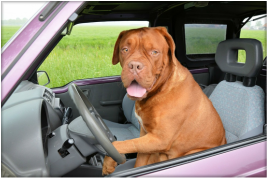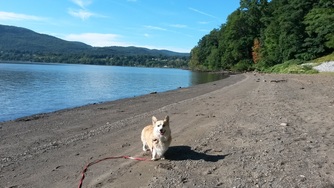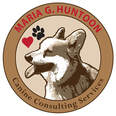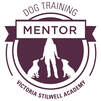A blog for all things dog-related: training, behavior, fun new doggie items, veterinary information and, of course, ways to enhance your relationship with your best four-legged friend!
|
Are you planning a summer getaway? Is your best four-legged friend serving as your co-pilot, cohort, and travel companion? If you’ve made the decision for your dog to join you on your vacation, be sure to look at traveling from your dog’s perspective so you can set her up for success on your trip. The last thing you’d want is to get to your destination and have an incident out of “Marley & Me” occur when you’re so far from home. It kind of puts a damper on VACATION!! So plan ahead…
Don't forget to pack these in your doggy travel bag:
Lastly, please remember that a trip to a new and unfamiliar place can be overwhelming or highly stimulating for a dog. Be sure your plans for activities are realistic of what your dog can handle or your vacation plans can become exhausting if you have to manage your dog’s unruliness or anxiety.
When you can take these things into consideration, I’m sure you and your four-legged bestie will have a GREAT time together on your vacation! Don’t forget, I always like to hear about fun trips so don’t be shy about sharing some pictures and stories about your trip with me! Have fun this summer!
0 Comments
Your comment will be posted after it is approved.
Leave a Reply. |
AuthorMaria Huntoon, CBCC-KA Archives
April 2020
Categories |



 RSS Feed
RSS Feed






